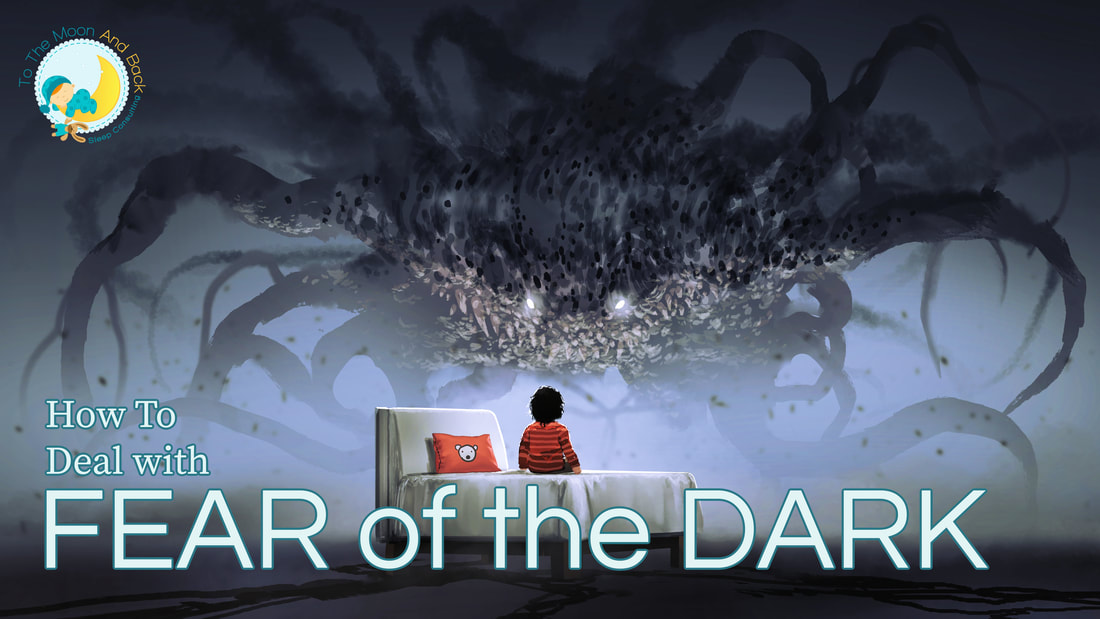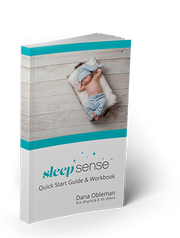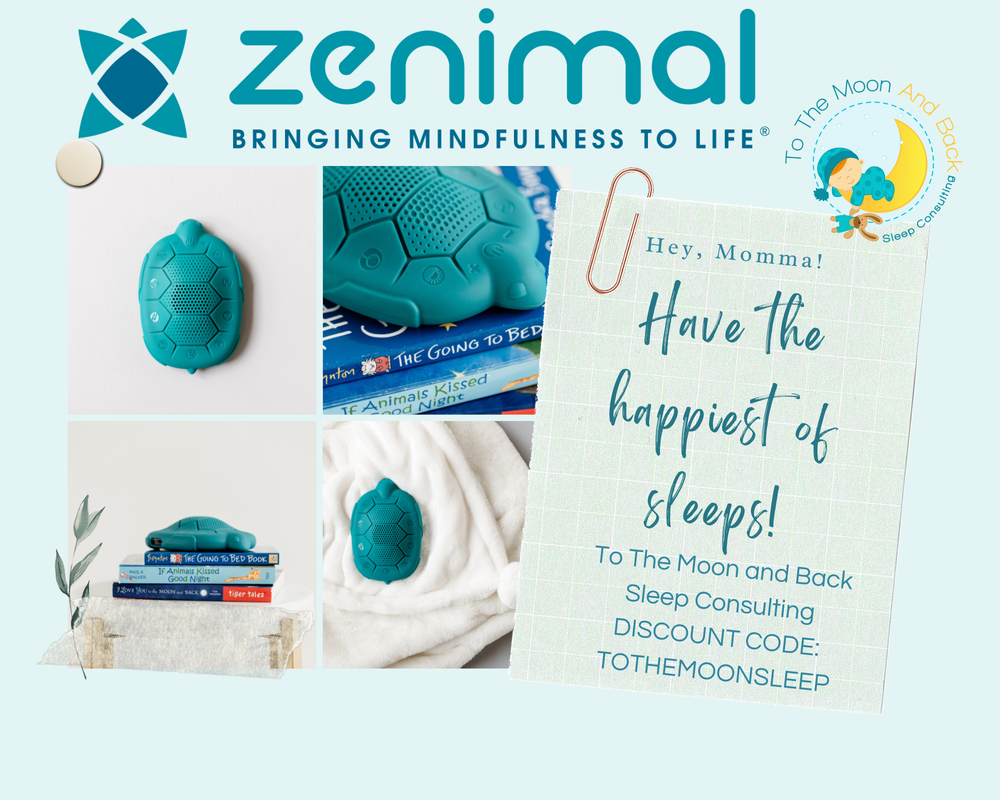|
It’s 2:00 AM, you’re sleeping peacefully in your bed, and you suddenly wake up; not entirely sure why, but as you start to gain awareness of your surroundings. You become aware, to your horror, that there’s someone in the room with you! You hear the sound of their voice, and they whisper those four words that chill every parent to the bone.
“Mom, I can’t sleep.” Fear of the dark usually starts to show up around the 2 to 3-year mark. As preschoolers’ minds mature, their memory gets longer, and their imagination develops. They’ve almost certainly taken a spill on the playground or had some kind of traumatic incident by this point, so they’re aware there are things out there that can hurt them. They’ve also probably seen a few movies or been read a few books that touch on a couple of spooky or eerie elements, even if they’re geared towards children. Where the Wild Things Are, for all of its charm, gave me a serious case of the willies when I was a preschooler. As adults, we’re experienced enough to recognize that the dark isn’t inherently dangerous (although if your preschooler tends to leave Legos lying around, you might argue to the contrary.) But for preschoolers, there’s no history to draw on to assure them they’re safe and secure after the lights go out. So my first and most important piece of advice when you’re addressing your little one’s fear of the dark is this… Don’t slough it off. Fear of the dark can be a tricky landscape to navigate. On the one hand, we absolutely want to show empathy and understanding when something frightens our kids. But, on the other, we don’t want to add fuel to the fire. This is why I’m not a big fan of “monster repellent” or nightly closet checks. Consider this scenario: You’re concerned, rationally or not, that there’s an intruder in your house. You mention it to your spouse, who hands you a can of pepper spray and, looks around the room, says, “Nope, I don’t see anyone. Anyways, I’m headed out for the night! Have a good sleep!” I mean, you might not file for divorce on the spot, but you’d consider it, right? So when we tell our kids, “Nope! No monsters here! Not that I noticed, anyway, so you’re all good,” it’s not nearly as soothing as you might think. It’s easy to see how they could interpret that as, “Yeah, there’s absolutely such a thing as monsters, they’re scary as hell, and they do tend to live in kids’ closets, but I don’t see one in there at the moment, so... y’know. Sleep tight! So that covers what I consider to be the wrong way to handle the situation. How about some advice on the right way to handle the situation? As I said earlier, dismissing your little one’s fears as irrational or unfounded isn’t all that helpful, so ask some questions when they express a fear of the dark. Digging into their concerns is beneficial in a couple of ways. First, it lets them know you’re taking them seriously, which is very reassuring. Second, it also helps you to assess what it is about the darkness that frightens them and allows you to address it. For example, if they tell you they’re seeing things moving around their room, it might be caused by shadows. Headlights from cars driving by can often shine enough light through curtains or blinds to throw shadows across the room. Coupled with a preschooler’s imagination, that can create some seriously intimidating scenes. In that situation, a nightlight or blackout blinds can be a quick, effective solution. Tip: Go for Both! They both have multiple benefits when it comes to preschoolers sleeping habits. If you’re going to use a nightlight, make sure it’s a warm colour. Blue lights may look soothing, but they stimulate cortisol production, which is the last thing we want at bedtime. Getting a device like the Hatch Baby Rest can help your preschoolers sleep in multiple ways. Setting the night light to a dim red colour can help with melatonin production, soothe some of these new night time fears and the Hatch can be used as a time-to-wake-up device (plus as a white noise machine which I always recommend). Blackout curtains also have multiple benefits when it comes to sleep strategies. The darker the room the better it is for your child's sleep. Try SleepOut Blackout Curtains; they are made of material that completely blacks out the light, it also helps to eliminate environmental noise from outside, and they help to regulate the temperature in your kiddos’ room. They are a phenomenal product! Use the code ToTheMoonSleep10 for a discount on your purchase. You're going to have to dig for information. Now, that’s a bit of a Utopian scenario. As you’re likely already aware, getting a clear, concise answer from a preschooler about anything is tricky. To a preschooler, “Paw Patrol” is a reasonable answer to “What do you want for lunch?” So you’ll likely have to work with slightly more obscure information, but we’re showing concern, which goes a long way here. For many preschoolers, bedtime is the only time of the day when they’re left alone. They’re either playing with friends, hanging close to their parents, or being supervised in some way, shape, or form by a grown-up. Bedtime is also the only time they’re exposed to darkness, so you can see how the two things together could easily cause some anxiety. Spend some time together in the dark. So the obvious (and super fun!) way to ease some of that apprehension is to spend some time together in the dark. Reading books under a blanket with a dim flashlight is a great activity. Some hide and seek with the lights out is tons of fun as well, just as long as you clear any tripping hazards out of the area you’re going to be playing in. (It doesn’t have to be pitch black. We just want to get some positive associations with low-light situations.) Shadow puppets are a great time, even though I’m personally terrible at them. Hide-and-Clap is a classic, but if you’ve ever seen The Conjuring, you’ll know why it might leave you with nightmares as opposed to your preschooler. A quick Google search will load you up with dozens of ideas, so pick two or three that you think your child will like, then let them choose one. This isn’t likely to be an overnight fix! But stay respectful, calm, and consistent. After your little one’s fears have been addressed and they’ve learned that the darkness is more fun than frightening, you’ll start seeing more consolidated sleep and fewer visits in the middle of the night. One last little tip, turning down the lights gradually as your little one’s bedtime approaches is an excellent way to ease them into a dark setting and also helps to stimulate melatonin production, which will help them get to sleep easier. Two birds, one stone. Parenting level: Master. |
To The Moon and Back Sleep ConsultingProviding families the tools & support they need to get their little ones sleeping through the night and napping like champs! Everyone has more fun when they are well rested! Visit Wollino - Discount Code: TOTHEMOONANDBACK10
Browse
All
|
All information provided on this website, including texts, images, and other materials, are for informational purposes only and should not be considered a replacement for assessment or treatment by a healthcare provider.
© COPYRIGHT 2016-2024 TO THE MOON AND BACK SLEEP CONSULTING. ALL RIGHTS RESERVED. WAKING GIRL WEB DESIGN
© COPYRIGHT 2016-2024 TO THE MOON AND BACK SLEEP CONSULTING. ALL RIGHTS RESERVED. WAKING GIRL WEB DESIGN







 RSS Feed
RSS Feed








